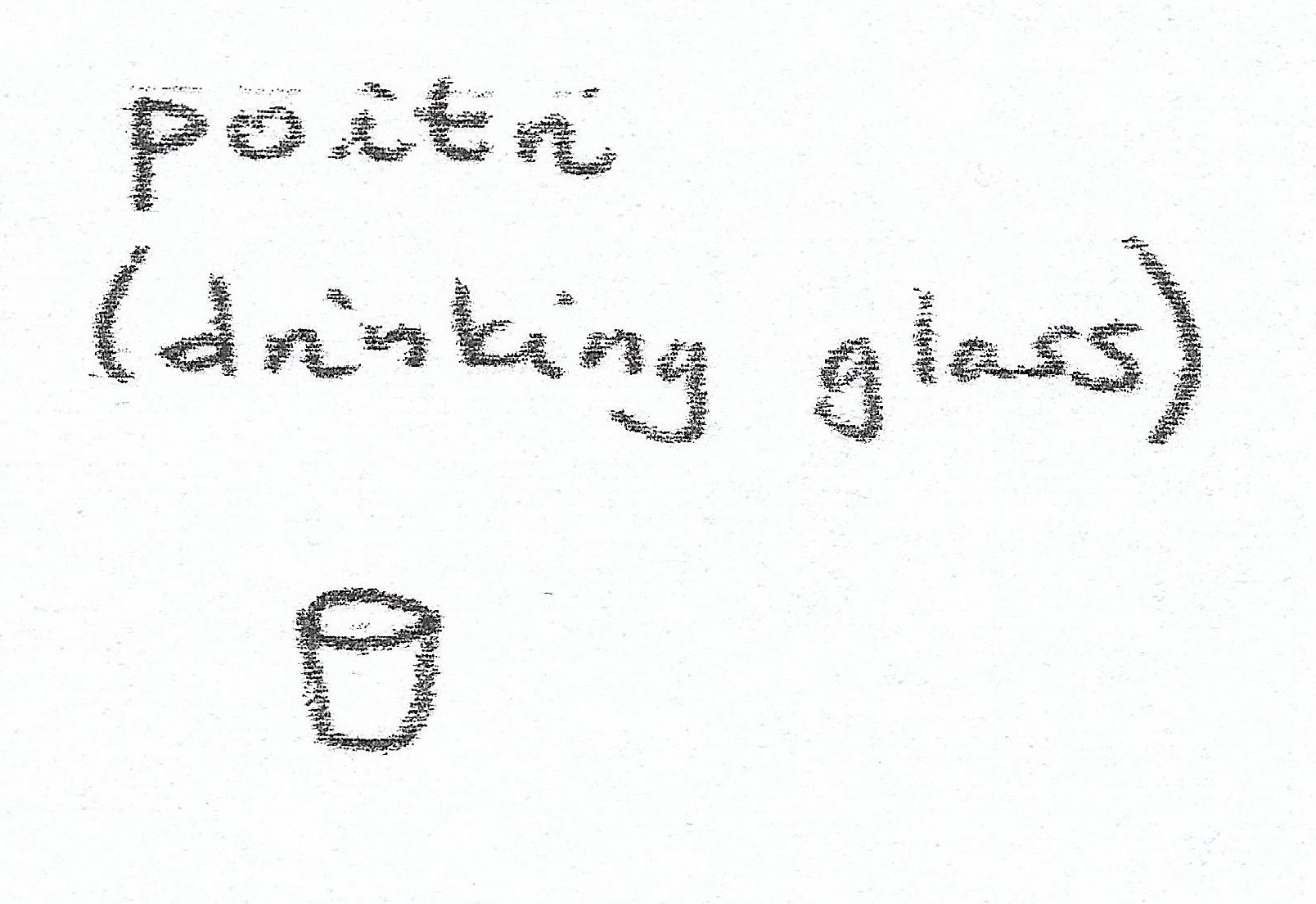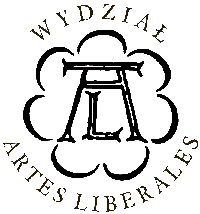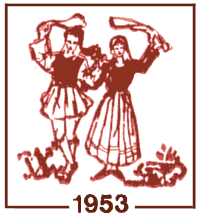| Testimony of: | drinking glass |
| Source | Ταρσούλη 1955, 408 (in: EEH, sv. Καντήλας (χορός της -), p. 251) |
| Original text | Ακολουθεί ο Ανατολίτικος κι ύστερα ο "χορός των ποτηριών", λεγόμενος και Αραμπιές, που χορεύεται από ένα βρακοφόρο αγρότη. Η κυπριώτικη βράκα από μαύρο δίμιτο πανί είναι πολύ φαρδιά και μακριά, ώστε αναγκάζονται οι χορευτές να την σηκώνουν και να στερεώνουν το μακρύτερο μέρος της, δηλαδή τη "βάκλα" της (φουφούλα), πίσω στην "κόξα" (μέση), κάτω από τη σφιχτή τους ζώνη. Στο χορό των ποτηριών ο βρακάς έχει τοποθετημένα στο κεφάλι του δυό ποτήρια γεμάτα νερό, το ένα πάνω στο άλλο σαν μια μονοκόμματη γυάλινη κολόνα, χωρίς να πέφτουν ούτε και να χύνεται απ' αυτά καμιά σταγόνα νερού, παρ' όλες τις στροφές και τις ζωηρές κινήσεις του χορευτή. Το ίδιο γίνεται και με το χορό της "τατσιάς" (κρισάρας) όπου μέσα βάζει ένα ποτήρι γεμάτο νερό. |
| English translation | Then there is the Anatolitikos [Eastern], and then, the “dance of glasses” - the mentioned Arampies - which is danced by a farmer wearing breeches. The Cypriot breeches made of black bifilar cloth are very wide and long, so the dancers need to stand up to lift and lean its longer side, that is, the “vakla” (knickers), behind the “koxa” (waist), under a tight belt. In the dance of glasses the breeched dancer has two glasses full of water placed on his head, one on top of another, as a single glass column, and holds them there so they don’t fall and not even a drop of water drips down, despite all the swirls and lively moves of the dancer. The same happens in the dance of “tatsia” (krisara), i.e., the sieve, into which he puts a glass full of water. |
| Region of occurence | Cyprus - Show on map |
| Function | confirming manliness/dexterity, |
| Dance name | tis Kantilas |
| Symbol in Kinetography score |
|


